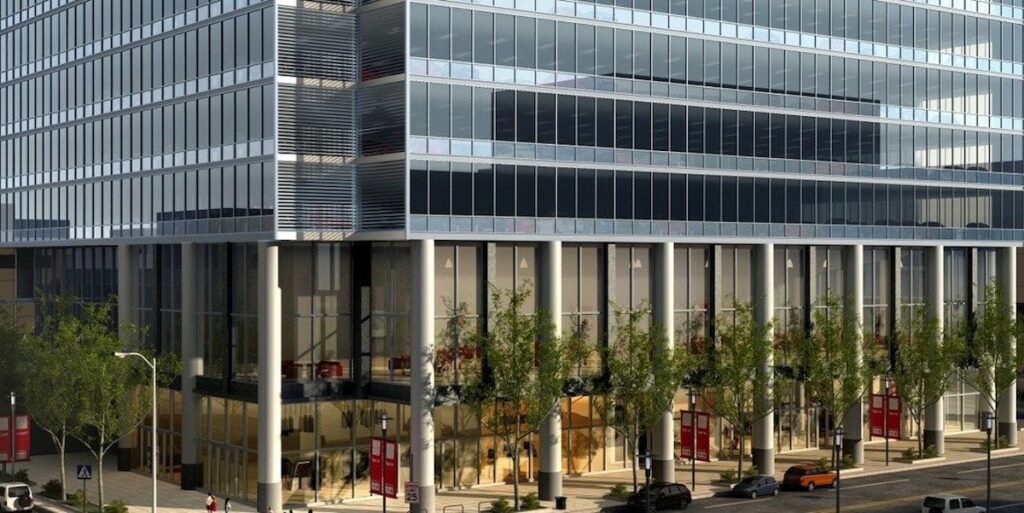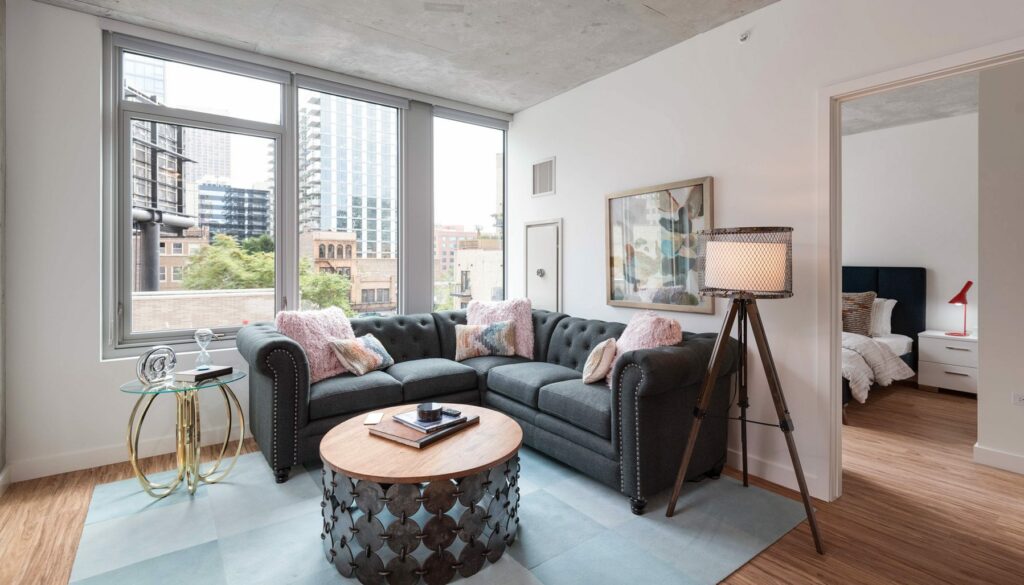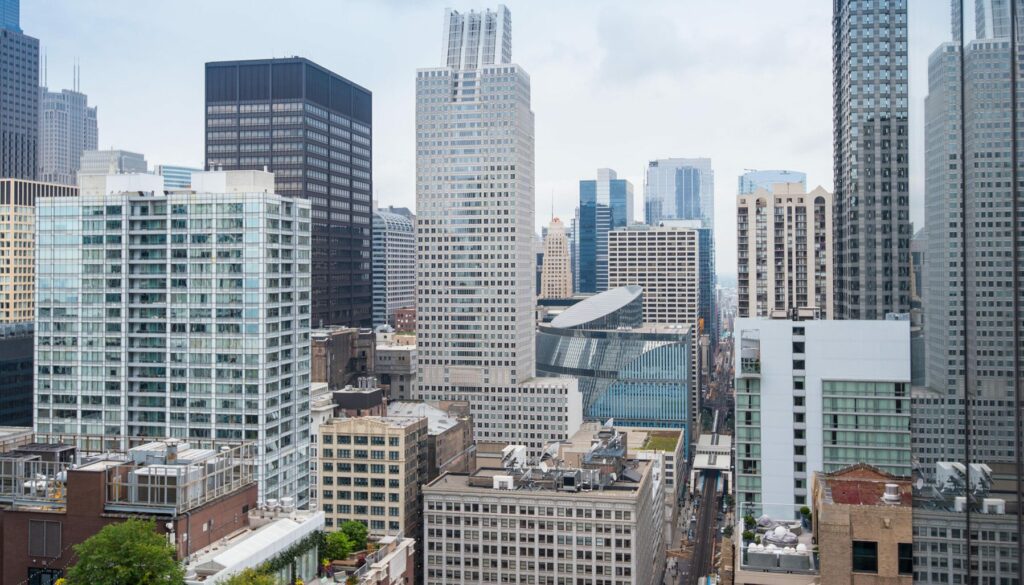Learn About the History of Streeterville, Chicago

The history of Streeterville is almost as vibrant and interesting as its present-day destinations. The area has transformed from an uninhabited fluctuating shoreline to a thriving commercial and residential district; a neighborhood built where there was once only water and sand.
Streeterville’s origins date back to the late 1800s, when “Cap” George Streeter arrived in Chicago with his second wife, Maria. When a storm caused Streeter’s boat to run aground in Lake Michigan in 1886, he decided to claim the offending sandbar and the surrounding area as his own.
The city grew rapidly, and Streeter took advantage of this swift development by renting out the land as a public waste area. The large amount of debris and usable materials eventually led to the establishment of a shantytown, much to the chagrin of the district’s wealthy neighbors who soon attempted to drive him out through several court cases. Though Streeter had no legal right to the land, he refused to relinquish it even after its true owner, millionaire Kellogg Fairbank, filed a suit against him in 1893.
Despite this legal obligation to leave, Streeter continued to sell plots of land. He built up an army of supporters sporting rifles and bayonets to keep the true landowners at bay, and years of clashes would follow. After several eviction attempts, the courts ruled against his claim to sovereignty in 1918, and the battle was over. Although he was ultimately unsuccessful at maintaining his “ownership”, Streeter’s legacy continues to live on in the neighborhood’s name.
The economic boom of the 1920s brought new wealth and development to the district. Once the Michigan Avenue Bridge was opened in 1921, Streeterville became the city’s most prime real estate. Northwestern’s downtown campus was completed in 1924, a luxury shopping district was established on North Michigan Avenue, and investors built elaborate hotels along Lake Shore Drive. Because many of Streeterville’s structures were designed and completed during this era, the neighborhood’s skyline is painted with its distinctive architectural movements, from Beaux-Arts classicism to Gothic revival.
Following World War II, a second construction boom hit the area. The city pursued a plan for urban renewal, and a local developer named Arthur Rubloff led the revitalization of North Michigan Avenue under the banner of “The Magnificent Mile”. The success of this project led to a reinvigorated investment in the neighborhood.
Development in Streeterville has only continued to push for greatness. The neighborhood is home to a variety of notable landmarks, including both the John Hancock Center, Water Tower Place, and the Jean Baptiste Point Du Sable Homesite. With new developments being completed every day, more growth is sure to come.
Search The Blog
Most Popular

How Much Rent Can I Afford in Chicago?

How to Estimate Utility Costs for Your Chicago Apartment

Our Expert Apartment Finding Tips Will Answer Your Toughest Questions
About Us
Up Next

Learn More About 727 West Madison: Brand-New West Loop Apartments
Located in the heart of the booming West Loop neighborhood, 727 West Madison stands tall at 45 stories. At the intersection of Madison and […]

4 Trending Things to Include When Decorating Your New Apartment
Even though a downtown apartment can be a small space, it should still reflect your personal style. If you’re looking to move into a […]

Find Your New Home In The Loop, Chicago Apartments
If you’re looking for a new apartment in Chicago’s Loop neighborhood, you have a variety of newer options at your fingertips. Living in the […]

Try These Things to do in the Loop, Chicago
You can find everything in the Loop, Chicago’s bustling business district, from history to new attractions. Whether you want to learn something new, see […]

